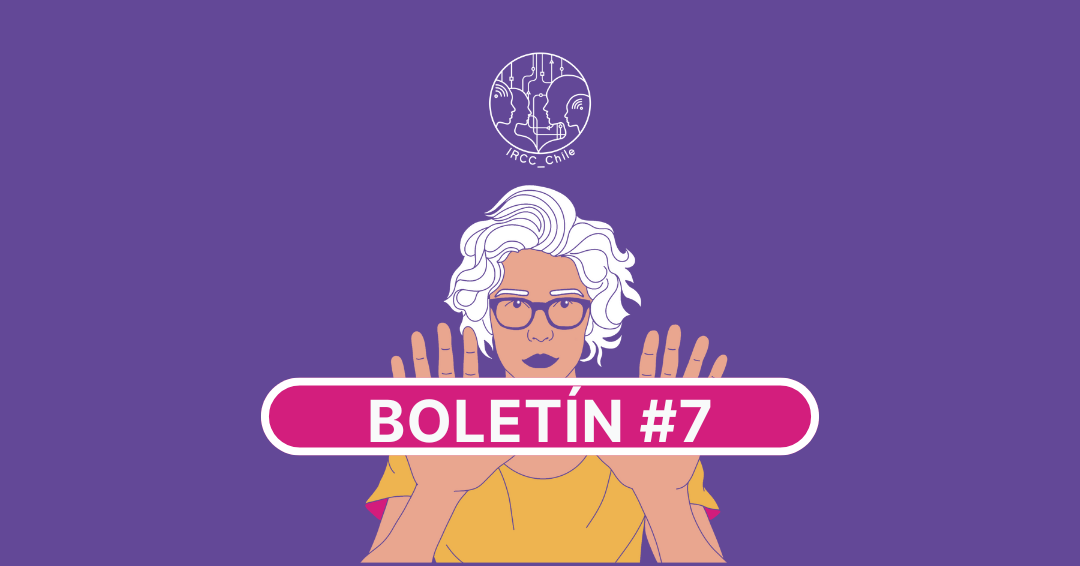The guidelines we look into as a Fondecyt team include guarantees or mechanisms for the independence, autonomy and legitimacy of regulatory agencies, understanding that communication systems and the political culture are key to how regulation is shaped.
Under this premise, our research assistant Jorge Avilés wrote an article for Idealex.press based on the research conducted by academics from the Hebrew University of Jerusalem in Israel and Columbia University in the United States, which sought to demonstrate that the impartiality of members of Superior Courts of Justice is compromised by their political or moral ideals.
In 2017, research conducted by academics from the Hebrew University of Jerusalem, Israel, and Columbia University, USA, showed that the impartiality of members of Superior Courts of Justice is compromised by their political or moral ideals.
It is expected that the personal ideology of decision-makers will affect their deliberations and, especially on the political side, it will affect governance guidelines and the form that regulation takes. However, there is an expectation that some of the gears that make up the machinery of the State will escape this influence, as in the case of the Judiciary. This is the initial idea proposed by “Ideological Influences on Governance and Regulation: The Comparative Case of Supreme Courts”.
How can we measure the ideas of members of the highest courts? That is the question that academics Keren Weinshall and Yaˈacov Ritov, from the Hebrew University of Jerusalem, and Udi Sommerfrom Columbia University, sought to answer. The authors stated that judges are policymakers in almost every sense of the word and that the literature shows that in some countries the impact of this ideology can be substantial, especially at the highest levels of the judicial hierarchy.
How was this measured? The Dynamic Comparative Attitudinal Measure (DCAM) is a dynamic index that estimates a court’s degree of ideological decision through the individual votes of its members, particularly in cases involving political rights and religious rights, in order to estimate a value for each judge’s Ideological Ideal Point Preference compared to the ideological preferences of their colleagues. The highest courts of the United States, Canada, India, the Philippines and Israel were the jurisdictions subjected to measurement by the researchers.
The goal was to generate scores that reflected the attitudes that influence the decision-making of each Supreme Court, where different legal systems are influenced by the ideological preferences of the judges depending on the institutional, political and cultural environment.
The article argues that judicial decisions consist of ideological, strategic and jurisprudential components in varying and dynamic degrees and that, therefore, the institutional design and the political context also variably influence them.
These components are precisely what make a proper comparison between countries more complex, but different case studies can be compared through rigorous statistical methodology.
In this regard, the results showed that the Supreme Court of the United States exhibits the highest levels of ideological behavior, although it should be kept in mind that the entity’s judges are appointed for life and bureaucracy would be reduced to a minimum. Unlike its neighbor, Canada displays a greater ideological influence in cases involving religious rights versus political cases.
You will find the first table with the research results here:

According to the authors, the benefits of performing this measurement range from a country’s socio-legal investigation to an analysis of how certain institutional configurations encourage (or not) deliberations that reflect a greater ideological presence. That being said, this measuring system includes other variables such as the number of judges, appointment mechanisms, number of reviewed cases, who has control of the file, etc.


